Field of Bluebonnets, Varner-Hogg Plantation State Historical Site
Every year, Texas has a few brief weeks of Spring lodged in between extended Autumn and excruciating Summer. During these few moments of respite, much like college students headed for Florida, nature takes this opportunity to go absolutely nuts. Hillsides erupt in flaming shades of pastel reds and blues, and every available inch of open ground seems burgeoning with an eruption of flowers and softly petaled forms….
…..It is not an exceptionally manly time of year.
Indian Paintbrush, Long-horned Bee on Delphinium, Annual Phlox
It’s not that wildflowers are anything to be ashamed of, per se. It’s just that indicating one’s interest in such things, much like birding[1], is something best eased into in a conversation among the XY crowd. But it wouldn’t be April in Texas without wildflowers, and it wouldn’t be my blog without this yearly tradition, so, here are a few shots from around southeast Texas. I will do my best to balance out the frilliness with dour scientific seriousness and/or manly interjections[2].
Violet Wood Sorrel, Spiderwort sp.,
I’ve posted about Texas wildflower season before. I’ve noted its almost fanatical obsession with bluebonnets, I’ve taken a more taxonomically-oriented approach[3], and, well, have half-assed it for the sake of tradition once in a while (more from past years here).
Wild Onion (Allium sp.),Indian Blanket (Gaillardia pulchella), Thistle Blossom, Red Buckeye Blossoms.
With drought conditions[4], it has not been a good year for wildflowers. Given this, and how busy I have been as of late, it has also not been a fantastic year for wildflower pictures. Even one of my go-to spots, Varner Hogg Plantation State Historical Site[5], was meager compared to years past.
Varner Hogg Bluebonnets, Showy Evening Primrose, Herbertia, Wildflower Assortment (Vervain, etc)
Without a ready supply of photographic[6] fodder close at hand, I took the opportunity to see some new species in areas I would not normally have looked[7] (including directly next to an alligator).
Long-bract Wild Indigo, Evening Primrose, Lanceleaf Blanketflower (Gaillardia aestivalis), Coreopsis sp., A Typical Gulf Coast Spring Scene: Alligator with Flowers.
I’ve been so busy that I haven’t had time to lug out a tripod and concentrate on making serious photographs. Most of my shots this year were drive by snaps. That’s the great thing about flowers[8], even without the best shot, they make a decent photographic subject and provide an excuse to indulge in the “identify and collect” fetish of the naturalist. Seeing as I have not spent a lot of time and effort on the subject this year, I’ll stop rambling now, and just leave you to the pictures.
Wildflower Assortment, Spider Lilies, Winecup, Wildflower Scene,
Blue-eyed Grass, False Dandelion, Philadelphia Fleabane, wild Iris/Flag (Iris sp.)
In closing, “firetrucks, barbeque, arm-wrestle.”
[1] Which, for this very reason, I tend to refer to as “dinosaurspotting”. Hurrah for clades.
[2] Steak good!
[3] Aside from that year’s post, in my defense I have been fairly diligent in identifying the wildflowers I find, and am up to 76 species.
[4] According to a staffer at Attwater Prairie Chicken National Wildlife Refuge, they had not had an appreciable rain event in over a year.
[5] Varner Hogg is an odd place. Located in the decidedly small town of West Columbia, it’s a well preserved plantation area, with a beautiful manor house, gleaming white outbuildings, and an orchard with fields of bluebonnets. Very picturesque, until one realizes the whole thing was built on the blood and sweat of slave labor, and that an underlying ugliness pervades it all. While they have some exhibits about slave quarters, the romanticism of the period expressed at this and other sites subtly outweighs the crushing reality of how the “genteel” south is simply a revisionist veneer of the pretty horrifying place it was under slavery. But the bluebonnets are usually nice. This year, I arrived just as the meager crop was being mowed under.
[6] And scientific. Manly, manly scientific.
[7] Houston is at the junction of several different habitats/land types, with coastal prairie on the west, bottomland forests and coastal wetlands to its south, pineywoods to its north and east, and asphalt plains at its center. We are doing our very best to pave over them all. So, without majestic mountains or topography of any kind, and in the face of sprawling communities of McMansions and strip malls devouring the undeveloped land, this area needs all the scenic beauty it can get.
[8] Here I interject this potentially non-manly statement with another manly interjection: Beer me.


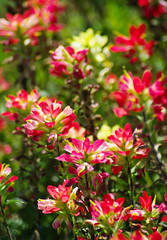
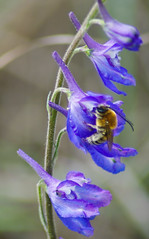
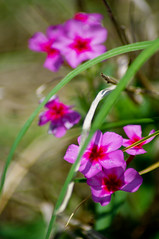
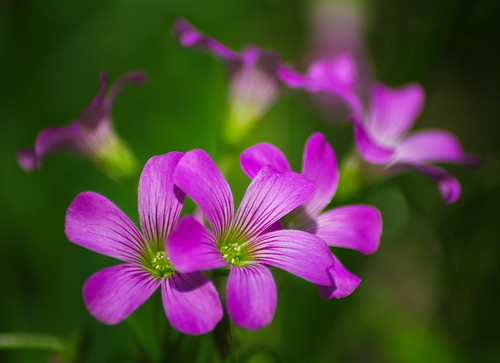
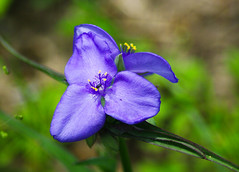
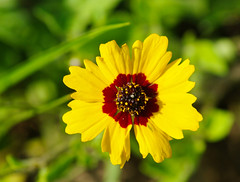
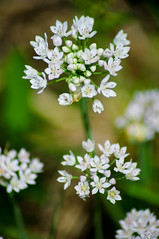
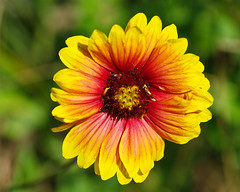
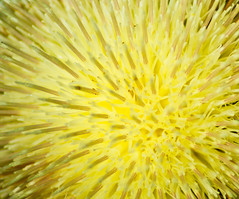
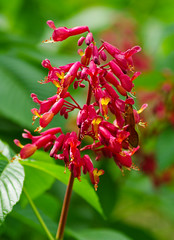
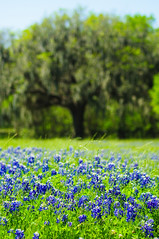

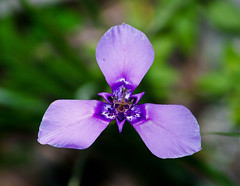
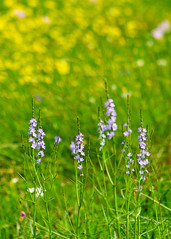


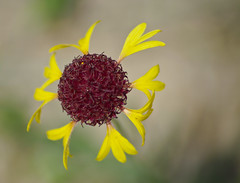
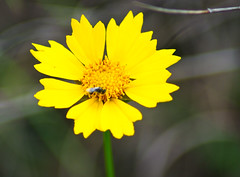


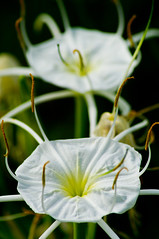
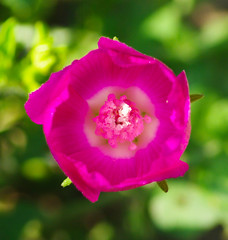
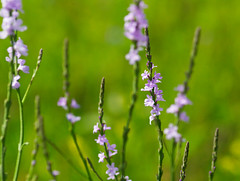
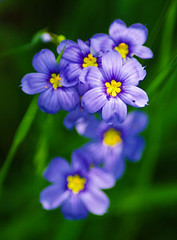
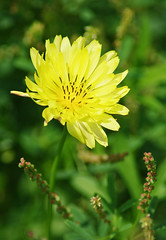

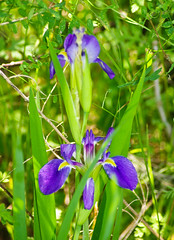

4 comments:
Justin these pictures are outrageously good.
Hey, thanks. Flowers are easy because they stand still. Wildlife, not so much.
These are spectacular, and not at all what I think of when I envision Texas. (In my mind, Texas always looks like "Giant", but with Southfork Ranch right in the middle.)
A lot of Texas does. And in global warming terms, this part probably will at some point. But we're at the edge of the prairie and the coastal wetlands, so there is some greenery.
Post a Comment